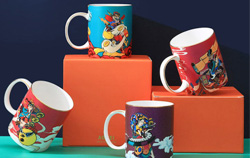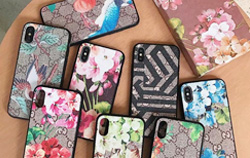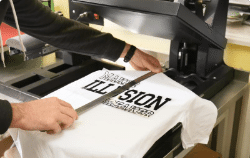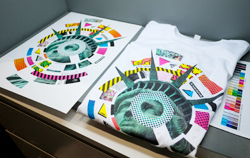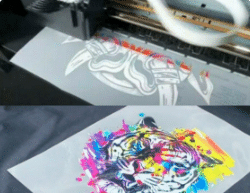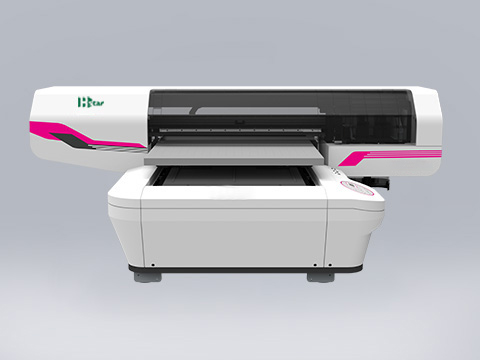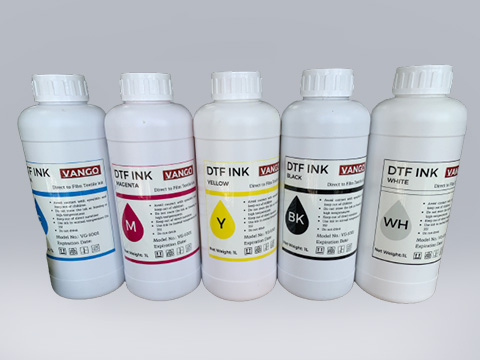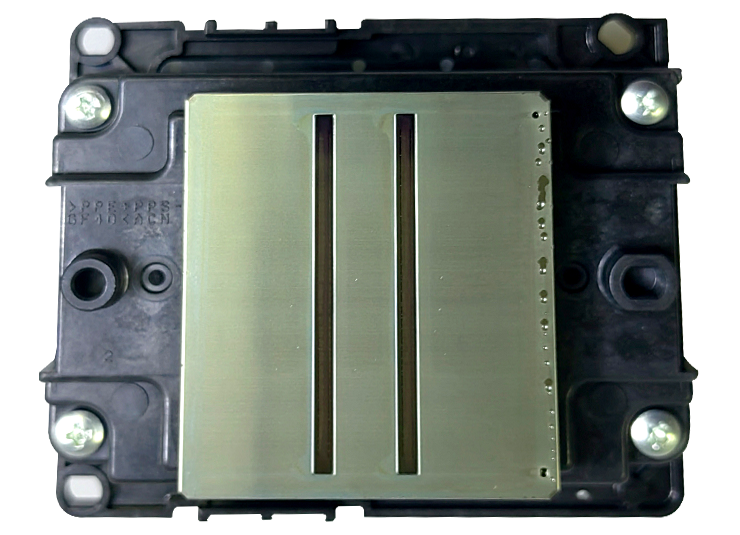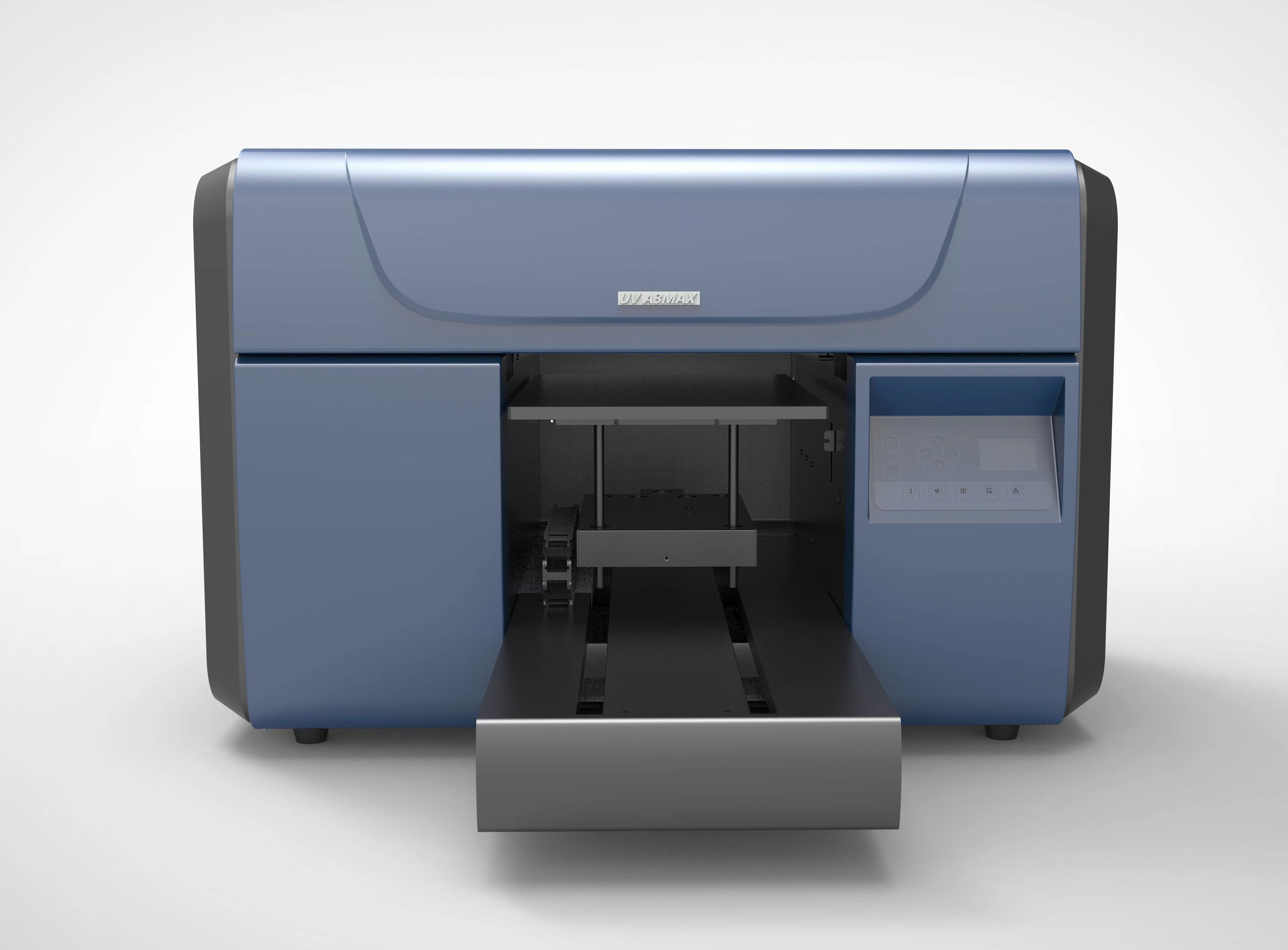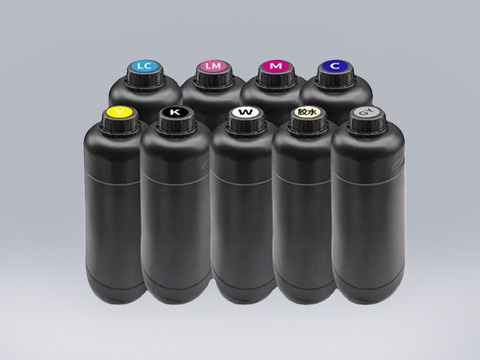What Ink Do I Need for DTF Transfers?
Selecting the appropriate ink is one of the most crucial choices you will make if you want to start doing DTF (Direct-to-Film) transfers. Poor print quality, fading, cracking, or even printer damage might result from using the incorrect ink. What kind of ink is required for DTF transfers, then? Let's put it in plain language.
Why Is DTF Ink Important?
Printing a design onto a specific film, then applying adhesive powder and heat-pressing it into cloth is known as DTF printing. The ink needs to be vivid, flexible, and long-lasting enough to resist wear and washing. Selecting the correct ink is essential because using the incorrect one will destroy your transfers.
Ink Types for DTF Transfers
Not every ink is compatible with DTF. The primary kinds utilized in the procedure are as follows:
1. Pigment Ink Based on Water
The most popular ink for DTF printing is this one. It is made to adhere to fabric and adhesive powder well, guaranteeing durable prints.
Advantages: Outstanding colour brightness
Most DTF printers can use it.
environmentally benign (low VOC)
The fabric feels soft.
Cons: Needs appropriate drying and curing
Not compatible with every printer model
2. Types of Ink for DTF Transfers
Why Stay Away From It?
Poor fabric adherence
able to jam printer heads
Insufficiently pliable for stretched materials
Key Features of Good DTF Ink
When choosing DTF ink, look for these qualities:
High Opacity – Ensures bright, solid colors even on dark fabrics.
Fast Drying – Reduces smudging and improves production speed.
Good Adhesion – Bonds well with the adhesive powder for long-lasting prints.
Wash Resistance – Should survive multiple washes without fading.
How Can I Pick the Best Ink for My Printer?
Not every printer is compatible with every DTF ink. Before purchasing, make sure:
Compatibility with Printers: Certain inks are designed for Epson, Brother, or other printer brands.
Ink Formulation: For the majority of DTF installations, water-based pigment inks are the safest.
Supplier Reputation: To prevent congestion or subpar performance, purchase from reputable companies.
Advice for the Best DTF Ink Store Outcomes
Use the ink correctly by keeping it sealed and out of direct sunlight.
Before using, shake to avoid pigment separation.
Use High-Quality Film: Ink bleeding can occur on low-quality film.
Cure Properly: Adhere to the heat pressing instructions provided by the manufacturer.
Where Can I Purchase DTF Ink?
DTF ink is available from: Speciality printing providers
Online shops (such as Amazon, eBay, and DTF-specific stores)
straight from the makers of printers
Always read reviews and, if you can, request samples.
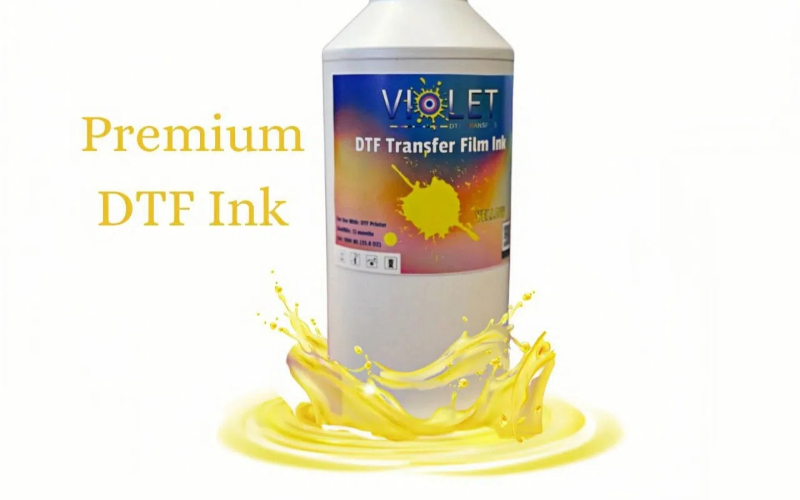
Concluding remarks
Selecting the appropriate ink is essential for DTF transfers to be successful. For optimal results, use DTF-specific inks or water-based pigment inks. Steer clear of ordinary inkjet and eco-solvent inks; they won't work.
Using the right ink will result in transfers that are vivid and long-lasting, which will attract repeat business.
Why Is DTF Ink Important?
Printing a design onto a specific film, then applying adhesive powder and heat-pressing it into cloth is known as DTF printing. The ink needs to be vivid, flexible, and long-lasting enough to resist wear and washing. Selecting the correct ink is essential because using the incorrect one will destroy your transfers.
Ink Types for DTF Transfers
Not every ink is compatible with DTF. The primary kinds utilized in the procedure are as follows:
1. Pigment Ink Based on Water
The most popular ink for DTF printing is this one. It is made to adhere to fabric and adhesive powder well, guaranteeing durable prints.
Advantages: Outstanding colour brightness
Most DTF printers can use it.
environmentally benign (low VOC)
The fabric feels soft.
Cons: Needs appropriate drying and curing
Not compatible with every printer model
2. Types of Ink for DTF Transfers
DTF is not compatible with all inks. The following are the main types used in the process:
1. Water-Based Pigment Ink
This is the most widely used ink for DTF printing. It is designed to provide long-lasting prints by sticking well to fabric and adhesive powder.
Benefits: Exceptional colour brightness
It works with most DTF printers.
The cloth is soft and has a low volatile organic compound (VOC).
Cons: Requires proper curing and drying
Not all printer models are compatible.
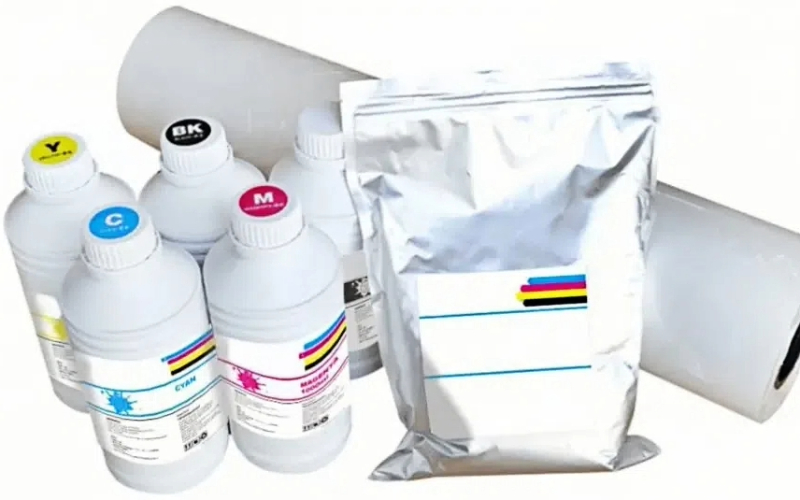
1. Water-Based Pigment Ink
This is the most widely used ink for DTF printing. It is designed to provide long-lasting prints by sticking well to fabric and adhesive powder.
Benefits: Exceptional colour brightness
It works with most DTF printers.
The cloth is soft and has a low volatile organic compound (VOC).
Cons: Requires proper curing and drying
Not all printer models are compatible.

3. It is not advized to use eco-solvent ink.
For DTF, some individuals experiment with eco-solvent inks, however this is not the best option. These inks can soon fade or crack and don't adhere well to the adhesive powder.
For DTF, some individuals experiment with eco-solvent inks, however this is not the best option. These inks can soon fade or crack and don't adhere well to the adhesive powder.
Why Stay Away From It?
Poor fabric adherence
able to jam printer heads
Insufficiently pliable for stretched materials
Key Features of Good DTF Ink
When choosing DTF ink, look for these qualities:
High Opacity – Ensures bright, solid colors even on dark fabrics.
Fast Drying – Reduces smudging and improves production speed.
Good Adhesion – Bonds well with the adhesive powder for long-lasting prints.
Wash Resistance – Should survive multiple washes without fading.
Can You Use Regular Inkjet Ink for DTF?
No. Standard inkjet ink (like what’s used in home printers) is not suitable for DTF. It lacks the necessary pigments and adhesive properties, leading to weak transfers that crack or peel.How Can I Pick the Best Ink for My Printer?
Not every printer is compatible with every DTF ink. Before purchasing, make sure:
Compatibility with Printers: Certain inks are designed for Epson, Brother, or other printer brands.
Ink Formulation: For the majority of DTF installations, water-based pigment inks are the safest.
Supplier Reputation: To prevent congestion or subpar performance, purchase from reputable companies.
Advice for the Best DTF Ink Store Outcomes
Use the ink correctly by keeping it sealed and out of direct sunlight.
Before using, shake to avoid pigment separation.
Use High-Quality Film: Ink bleeding can occur on low-quality film.
Cure Properly: Adhere to the heat pressing instructions provided by the manufacturer.
Where Can I Purchase DTF Ink?
DTF ink is available from: Speciality printing providers
Online shops (such as Amazon, eBay, and DTF-specific stores)
straight from the makers of printers
Always read reviews and, if you can, request samples.

Concluding remarks
Selecting the appropriate ink is essential for DTF transfers to be successful. For optimal results, use DTF-specific inks or water-based pigment inks. Steer clear of ordinary inkjet and eco-solvent inks; they won't work.
Using the right ink will result in transfers that are vivid and long-lasting, which will attract repeat business.
RECENT POSTS
Application
-
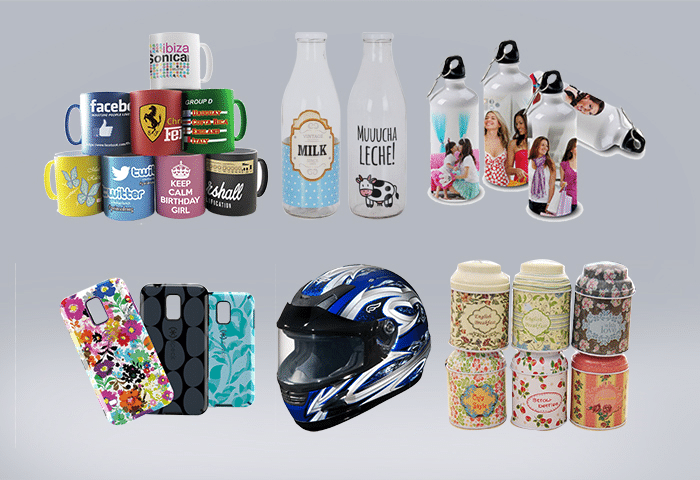 Application scenarios of UV DTF printersUV DTF printer is our NEW machine, which is loved by many consumers.crystal stickers are widely used.
Application scenarios of UV DTF printersUV DTF printer is our NEW machine, which is loved by many consumers.crystal stickers are widely used.
Crystal stickers can also be used as decorations to make your gift more beautiful and special. -
 Hstar printer in Turkey ExhibitionIn September, our company participated in the Turkish advertising exhibition. At the exhibition, many people are interested in our machine.
Hstar printer in Turkey ExhibitionIn September, our company participated in the Turkish advertising exhibition. At the exhibition, many people are interested in our machine.
More Application

